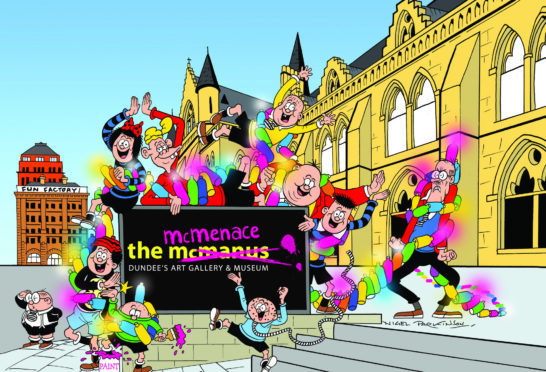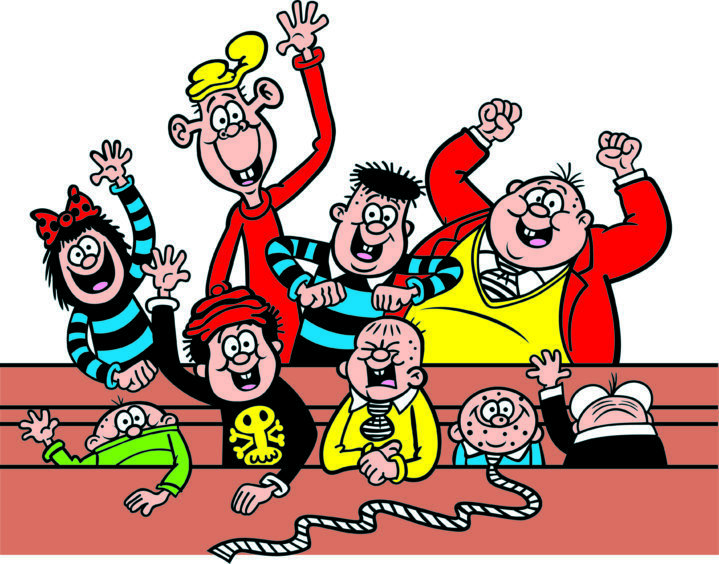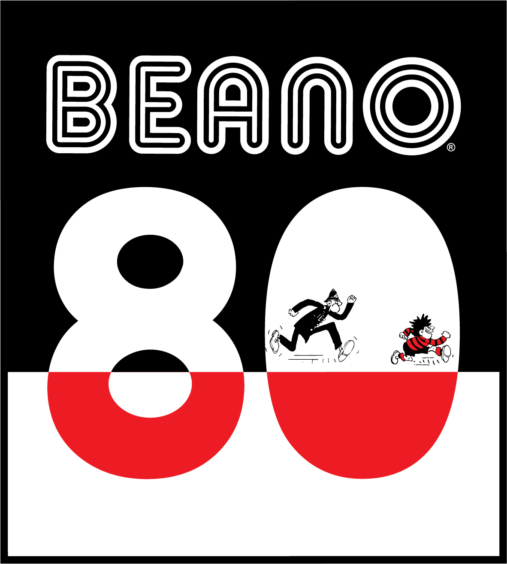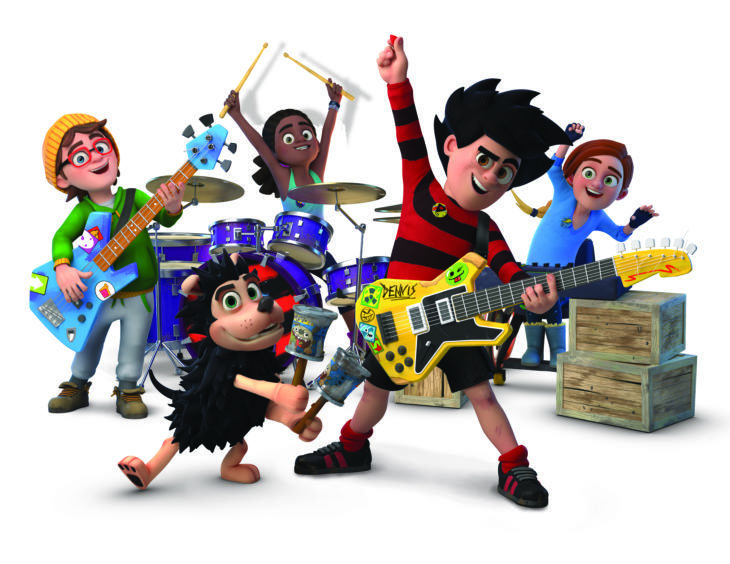The greatest ideas can occur in the strangest of circumstances. When it comes to The Bash Street Kids comic strip in The Beano, the editorial team in DC Thomson’s Meadowside headquarters would use the playground antics of the schoolchildren across the street as their inspiration.
The first edition of The Beano was launched on July 30 1938 – six months after The Dandy – but the lovingly calamitous school children who would become known as The Bash Street Kids didn’t appear until 1954. In its first incarnation, the comic strip was called When the Bell Rings, drawn by Leo Baxendale. In 1956 it was renamed The Bash Street Kids. David Sutherland took over drawing Bash Street in 1962 – and has been working on it ever since.
The exhibition which opens next week will see Dundee’s famous McManus Galleries embracing a Beano takeover by renaming itself The McMenace for the summer in honour of iconic character Dennis the Menace. Bash Street’s Back will be a fun look at The Beano 80 years on, focusing on The Bash Street Kids, who were inspired by the children of the neighbouring High School of Dundee.
Mike Stirling, head of Beano Studios Scotland, explains: “It was the playground that inspired the stories, and The McMenace is directly across the road from them and DC Thomson – so there was no other place you could do it. It’s a perfect set of circumstances.”
“George Moonie, the first editor of The Beano, once said: ‘When the bell rings, the ideas start getting kicked around’ and this is quite literally how the team worked. They would hear the school bell ring, look out and watch the mischief the kids were getting up to.
“Afterwards they would part the desks, clear the floor and kick about a rag ball stuffed with rejected manuscripts, playing keepie-uppie while generating ideas.”
Mike insists The Beano and The Bash Street Kids are intrinsically linked to Dundee: “I don’t believe they could have been created anywhere else – and I don’t say that lightly.” He sets the scene with Dundee as a city that has always had a sense of rebellion. It is the City of Discovery, he points out, and: “If you don’t rebel, you don’t discover.”
Throw in school strikes in 1911– when pupils across the UK downed their exercise books, demanding shorter hours, attendance payments and free pencils – and you’ve got a good starting point for Bash Street. It may come as little surprise that the youth of Dundee relished getting involved.
A generation on, some of these children were working for The Beano. “When they got a chance to create something, they tore up the rule book,” Mike goes on. The comic has always supported rebels – but never in a sinister way. It looked different from others, focusing less on words in favour of images telling the story. This enfranchised so many children and, in another twist, they were also its subject matter. The children stuck together and conflicted with adults. “It was an edgy thing for DC Thomson to do,” Mike smiles.
He goes on: “When I was a kid it allowed you to live vicariously through them. You would see you could be rebellious up to a point – but also see where the line was. It was teaching kids to question things.”
Mike believes The Bash Street Kids has enduring appeal because we can all remember being at school – and there are so many different personalities in classroom 2B.
The Beano has a core readership of ages seven to 12, which is split equally between boys and girls. It’s estimated there are 27 million people living in the UK who have read the comic at one point in their lives.
The free exhibition will have cross-generational appeal, setting The Bash Street Kids in the wider context of The Beano and other DC Thomson publications. There will be original artwork – including those from Beano star illustrator Nigel Parkinson, a film of David Sutherland at work, old editions, memorabilia, a Beano television channel, plus lots of creative activities on throughout the summer.
Mike has applauded The McMenace for “thinking kid” and renaming itself in honour of The Beano and The Bash Street Kids: “It’s a signal to children and families that they are very welcome there. What you’ve got is an exhibition that is expertly curated and will stand up to scrutiny – but equally it’s got that sense of fun to make it accessible.”
- Bash Street’s Back at The McMenace runs from June 2 until October 21.
- beano.com
- The McMenace













